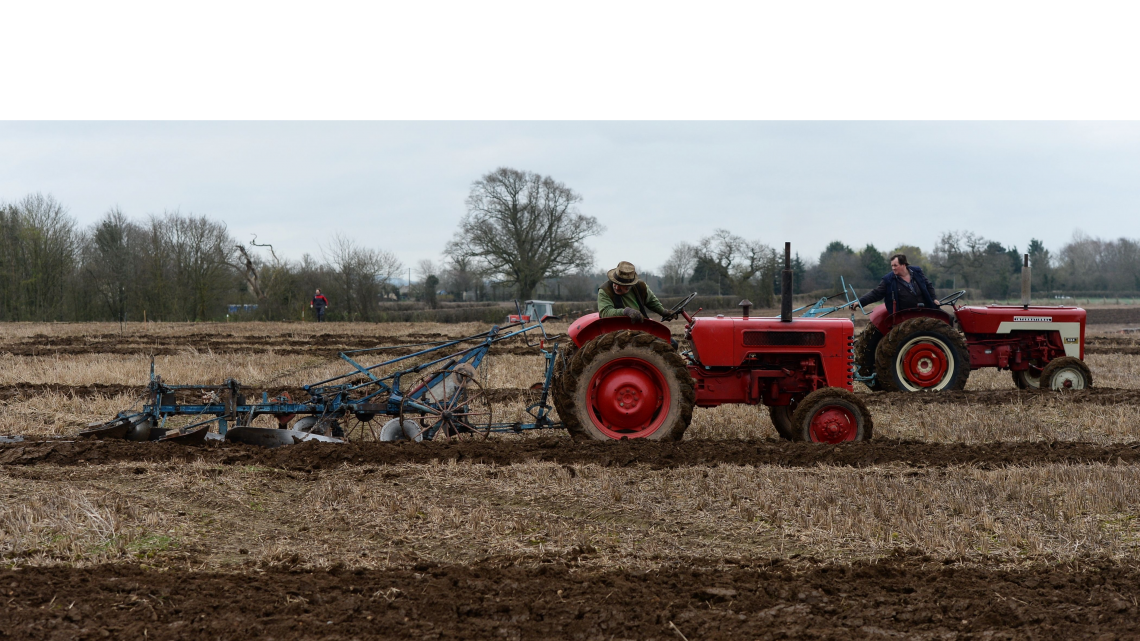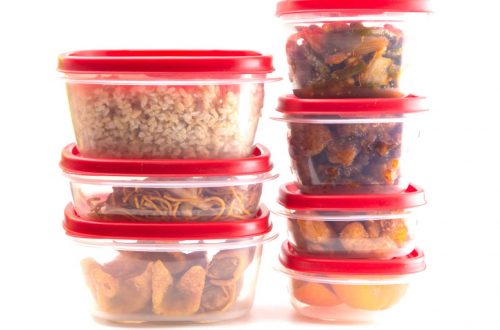
Reflections on Spring Planting Season
This past week, a good friend and reader, who grew up in the same area of northern Illinois, asked me what’s going on with food availability and prices. Turns out that it’s complicated – and a long story.
It’s planting season in the fields of the northern hemisphere. In the U.S. grain belt, the growing climate extremes are impacting the planting, growth, and yields of the grains we depend upon. Over the next 20 years, climate scientists expect extreme warming trends and a significant variability in precipitation on the fertile lands. But this year, the U.S. Department of Agriculture expects a good corn crop. So, food availability is especially timely since Earth Day is happened this week. In any event, we should all hope for the best for this year’s crops.
Grains
Here’s why. The human diet today is highly dependent on just four grains: rice, wheat, corn, and soybeans. Further, they make up almost half of the calories in the average global diet. Rice is highest at 19%; wheat at 18%; corn 5%; and soy, 3%. Further, the grain-growing regions are concentrated and therefore vulnerable to weather, climate conditions, and disease. Sixty percent of the global food production occurs in just five countries: China, the United States, India, Brazil, and Argentina. And even in these countries, the production is highly concentrated. For example, in the U.S., 60% of the corn is grown in Illinois, Indiana, Iowa, Minnesota, and Nebraska; 61% of U.S. wheat is concentrated in the Dakotas, Kansas, Montana, Oklahoma, and Washington. Kansas, where the drought is serious, accounts for 18%.
McKinsey, the big consulting company, recently reported that climate change could affect food production, and if that happens, we’re in trouble. As it relates to grains, McKinsey says that current grain storage is limited. If and when a crop shock occurs in one of these vulnerable areas, we won’t have enough stored grain to offset the lost production. Chances of that are 69% at least once in the decade from 2025 to 2035.
For right now, the U.S. Agriculture Department reports that the winter wheat crop conditions are at an all-time low due to the extended drought in the Great Plains. Kansas, known for the valuable red winter wheat used for baking, has been in drought for more than two years. The aquifer used for irrigation there is rapidly drying up. All this means we can expect higher prices and possible shortages. That’s just the grains in your diet – and just the beginning of our food availability problems.
Fruit and vegetables
Weather has also put our fruits and vegetables are at risk. California, which grows about half of the country’s fruit and vegetables, has just undergone a winter of drought, floods, and record snowfall. In Monterey County, one of the top vegetable-producing counties, strawberries and lettuce were underwater in January, prompting a writer for The Los Angeles Times to quip that the Salad Bowl has become a soup bowl. Monterey County produces half of California’s lettuce and 30% of its strawberries, as well as 62% of its broccoli and 45% of its cauliflower. Regulations require that any edible portions of plants exposed to flood waters must be destroyed. Even when the waters recede, farmers must first check the infrastructure to make sure no pathogens remain in the soil. Then they have to wait for the soil to dry before planting.
These wet conditions come amidst a two-decade drought that has parched the Colorado River basin. The floods and snow have prompted water officials this week to increase the allocations of requested water supplies to 100% for the State Water Project for the first time in 20 years. That state system of reservoirs, canals, and dams supplies about 27 million residents and 750,000 acres of farmlands. Federal officials ruled similarly for the Central Valley Project, which provides water and irrigation supplies for the San Joaquin and Central Valleys as well as the San Francisco Bay area. Still more flooding is possible from this winter’s melting snowpack (249% of normal) over the next two months.
Specifically citrus
Meanwhile, two of the state’s major water supplies – Lake Mead (28% of capacity) and Lake Powell, all part of the Colorado River system – remain dangerously low and are not expected to fill again soon. So the farms and the crops dependent on that system remain perilous. The combined calamity is a main factor that has led the U.S. Agriculture Department to forecast a new low in the U.S. citrus crop, down 15%. Lemons (95% from California) are down 9%; oranges, 25%; and grapefruit, 12%. This is something that cannot be fixed easily.
What can you do as a consumer?
- Be a conscious consumer by eating fresher, nutritious food.
- Find new ways to buy from your local producers.
- Consider becoming a “flexitarian” by reducing your meat consumption.
- Reduce food and water waste.
- Urge government to develop long-term plans for food shortages as well as ways to detect, deter, and prevent water theft.
Do have ideas for topics you’d like me to cover? Or comments on this blog? Please click on “Read in Browser” or on the headline to view the blog on the website. You can log in and comment at the end of the blog to share your thoughts and start a discussion.
If you’d like to share the blog, click on the Facebook icon or one of the others. Thanks!




